Yesterday’s Apple “Hello Again” Event was highly anticipated for many reasons, most of all because of the tantalizing prospect of a new design for the MacBook Pro. The flagship laptop was indeed the star of the show, but there were some things that were either introduced or not mentioned that also deserve attention. In this deep dive into Thursday’s event, I’ll take a look at the importance of what was said as well as the impact of what was left unsaid.

MacBook Pro
Three models of the new MacBook Pro were introduced; two (13-inch from $1,799 and 15-inch from $2,399) are outfitted with the slick new Touch Bar user interface device that sits where the function key row used to reside on the keyboard. The other 13-inch model has traditional function keys and a lower price tag starting at $1,499.
The Touch Bar, Touch ID, and a much larger trackpad make for a more multi-touch friendly laptop than we’ve ever seen before. During yesterday’s demonstrations, it was fascinating to watch Adobe presenter Bradee Evans use one hand on the trackpad and one on the Touch Bar to fine-tune adjustments to an image with Photoshop. I find myself hoping that the next-generation Apple Magic Keyboard comes with the Touch Bar built in, as it really seems to provide a way to take formerly trackpad- or mouse-intensive actions that required removing a hand from the keyboard, and putting them right at your fingertips.
Touch ID on the MacBook Pro may even become more popular than it is on the iPhone and iPad. Being able to unlock a Mac with the tap of a finger seems magical (except to those of us who use an Apple Watch for unlocking), and a demonstration of how Touch ID can be used for fast user switching on shared MacBook Pros with a tap.
The new MacBook Pros are all equipped with Intel’s 6th-generation Core i7 “Skylake” quad core processors as expected, providing a nice speed bump. Apple has added AMD Radeon Pro Polaris GPUs to the devices, providing up to 130% faster 3D graphics and 60% faster gaming.
But to my estimation, the most significant change on the new MacBook Pro models is the removal of all of the old ports and replacement with four (or two on the non-Touch Bar models) Thunderbolt 3 ports. This change has brought a lot of criticism from people who wrongly say that they won’t be able to use their old peripherals. You will — but you will need to buy inexpensive adapters to do so. (For more on Thunderbolt 3, check out this Rocket Yard article.)

Apple really pointed out just how versatile the 15-inch MacBook Pro could be by showing the device driving not one, but TWO 27-inch 5K displays, connecting to a pair of Thunderbolt 3 RAID arrays, and driving some speakers — yes, there’s a real-live 3.5mm headphone jack — at the same time (see image above)
MacBook Air
Although none of the Apple presenters came right out and said so during the presentation, it appears that the MacBook Air will be leaving the Apple laptop lineup as soon as current stocks are sold out.
Why? Apple pointed out the 13-inch MacBook Pro is a much more powerful machine, and it’s actually thinner than the 13-inch MacBook Air. Apple Senior VP of Worldwide Marketing Phil Schiller made a point of pointing out just how much smaller it was, and it appears that the 13-inch MacBook Pro without the Touch Bar is the replacement for the same-sized MacBook Air. The 11-inch MacBook Air no longer exists.
You might be asking “But what about the low end of the market? Is Apple abandoning it?” Remember, there’s still the 12-inch Retina MacBook, which has a display that puts any of the MacBook Air models to shame. It’s available for as little as $1,299, and that’s with double the flash storage (256GB) and RAM (8GB) that the old entry-level MacBook had.
But it’s still my opinion — and that and five bucks will buy you a grande latte at Starbucks — that Apple is looking at the iPad Pro models as replacements at the low end of the “laptop” market. A 9.7-inch Wi-Fi-only iPad Pro with 128GB of storage can be had for $699, with the corresponding Smart Keyboard adding $149 to the price tag. At $850, that’s quite a nice little “laptop”.
LG UltraFine 5K and 4K Displays
Earlier I mentioned the MacBook Pro driving a pair of 27-inch 5K monitors, and although they’re being sold by Apple, they are actually built by LG. The LG UltraFine 5K 27-inch and 4K 21.5-inch displays connect via USB-C (MacBook) or Thunderbolt 3 (MacBook Pro) with the ability to not only charge the notebook, but three other USB-C devices.
But the image quality is the big thing with the LG UltraFine displays; each uses an in-plane switching (IPS) panel, features a P3 wide color gamut, and incredible brightness. The display also has built-in stereo speakers, a camera, and a microphone, providing all the features of the old Apple Thunderbolt Display with much better specifications at a much lower price.
I think it was smart of Apple to leave the standalone monitor design and manufacturing to a third party; monitors are traditionally a low-margin accessory, and Apple enjoys much higher profit margins on most of its product lines.
App Updates
Of course, the Touch Bar on the MacBook Pros is software-driven, so unless apps are updated to take advantage of its flexibility, it’s essentially a glorified function key row. Fortunately Apple and several well-known software developers have already announced upcoming updates that will power the Touch Bar.
Apple has revised Final Cut Pro X, including a way to switch between between editing tools with a tap, adjust audio levels by dragging a finger, and activating other trimming or playback tools with a touch. Final Cut Pro X can even display a color-coded overview of an entire video timeline for navigation to a particular point in a project with a tap.
Likewise, both Motion and Compressor have also been updated to provide tasks like setting up batches or adding markers using the Touch Bar.
You don’t need to be a creative professional to take advantage of the Touch Bar, as Apple has posted new versions of iMovie, Pages, Garage Band, Keynote, Numbers and Xcode with Touch Bar compatibility.

Outside of Apple, Adobe is planning to revise its lineup of creative pro tools to take advantage of the new Touch Bar. As you can see in the image above, Adobe’s presentation of the upcoming update to Photoshop demonstrated how both the Touch Bar and trackpad can be used in tandem for a true multi-touch experience. Microsoft expects updates to Microsoft Office and Skype to appear later this year, and other companies like Algoriddim (day Pro) and Pixelmator have also announced upcoming updates.
 What About The iMac, Mac mini, and Mac Pro?
What About The iMac, Mac mini, and Mac Pro?
Apple’s desktop line was completely ignored during yesterday’s event, which begs the question — is the company planning on dropping desktop machines?
Many pundits think that Apple’s focus on creative pro apps during the event was an indication that the company is trying to influence those who work with those apps to move away from desktop Macs like the iMac, Mac Pro, and Mac mini. I’m hopeful that we’ll see an early 2017 event at which those computers receive updates…but if Apple is truly moving away from the desktop lines, that may be a false hope.
Believe it or not, the MacBook Pro line maxes out at 16GB of RAM. For many creatives, that’s simply not enough RAM to get the job done. The late 2015 iMac can be bumped to 32GB of RAM, or even to 64GB with upgrades from MacSales.com.
Ignoring the Mac Pro yet again is somewhat of a slap to the face of the creative market, and one that’s just completely mind-boggling. The Mac Pro hasn’t been updated at all since being introduced in 2013.
Related: Commentary: Apple Should Renew Focus on Mac Users, Pros
Perhaps Apple is looking toward third-party Thunderbolt 3 PCIe expansion chassis as being the thing that will bring creative pros to the MacBook Pro. These could allow the MacBook Pro to be externally connected to more powerful graphics cards,
The timing of Apple’s seeming dismissal of the desktop could not have come at a worse time, one day after Microsoft showed off the 28-inch Surface Studio. That machine is specifically targeted at the creative pro market, and its ability to be used as a large tablet as well as a desktop computer is compelling. Microsoft even came out with a new interface device called the Surface Dial that can be placed on the screen and used in a number of ways to fine-tune adjustments.
How Close Were Our Predictions?
Back on October 19, I wrote an article with my predictions for the event. How far off was I? Let’s take a look.
- Intel Kaby Lake processors: Nope, but I did mention the Skylake architecture CPUs as being more likely.
- RAM up to 32GB: Wrong again.
- SSD storage starting at 256GB: correct
- SSD storage maxing out at 2TB: correct
- All Thunderbolt 3 (USB Type C) ports: correct
- Removal of 3.5mm headphone jack: wrong
- Touch Bar / Touch ID: correct
- 11-inch MacBook Air disappears: correct
- All other MacBook Air speculation: wrong, as the line is going away
- 5K Thunderbolt 3 Monitor: right on the money, including LG as the manufacturer
- iMac not being updated: correct
- Mac mini not being updated: correct
- Mac Pro not being updated: correct
So my speculations weren’t all in vain!
What do you think about the new MacBook Pro and all of the announcements? Do you think Apple needs to focus more attention on the desktop line? Leave your comments below.

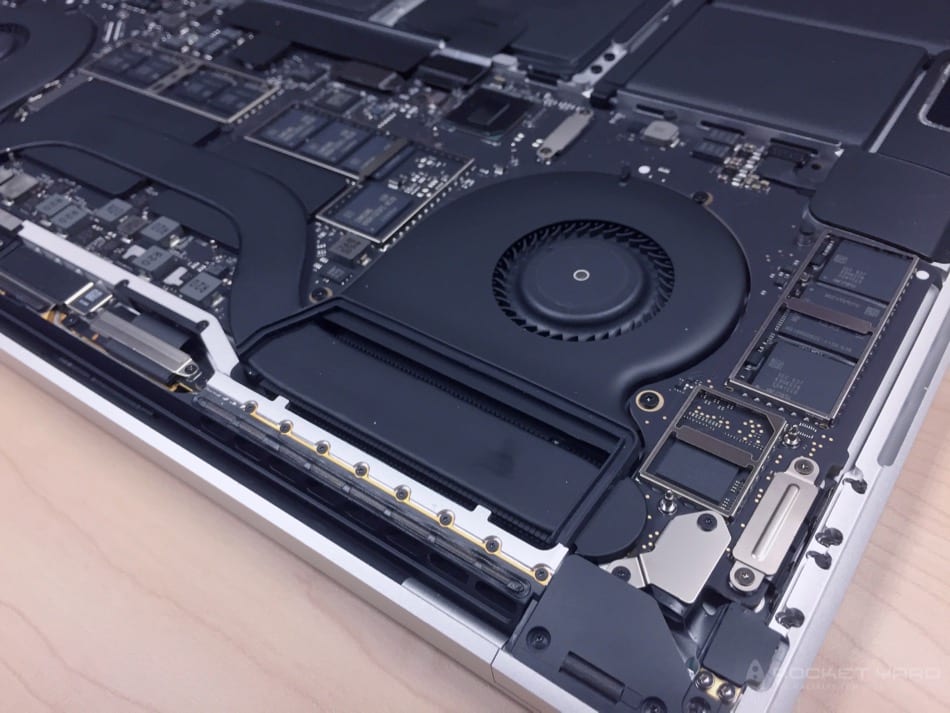
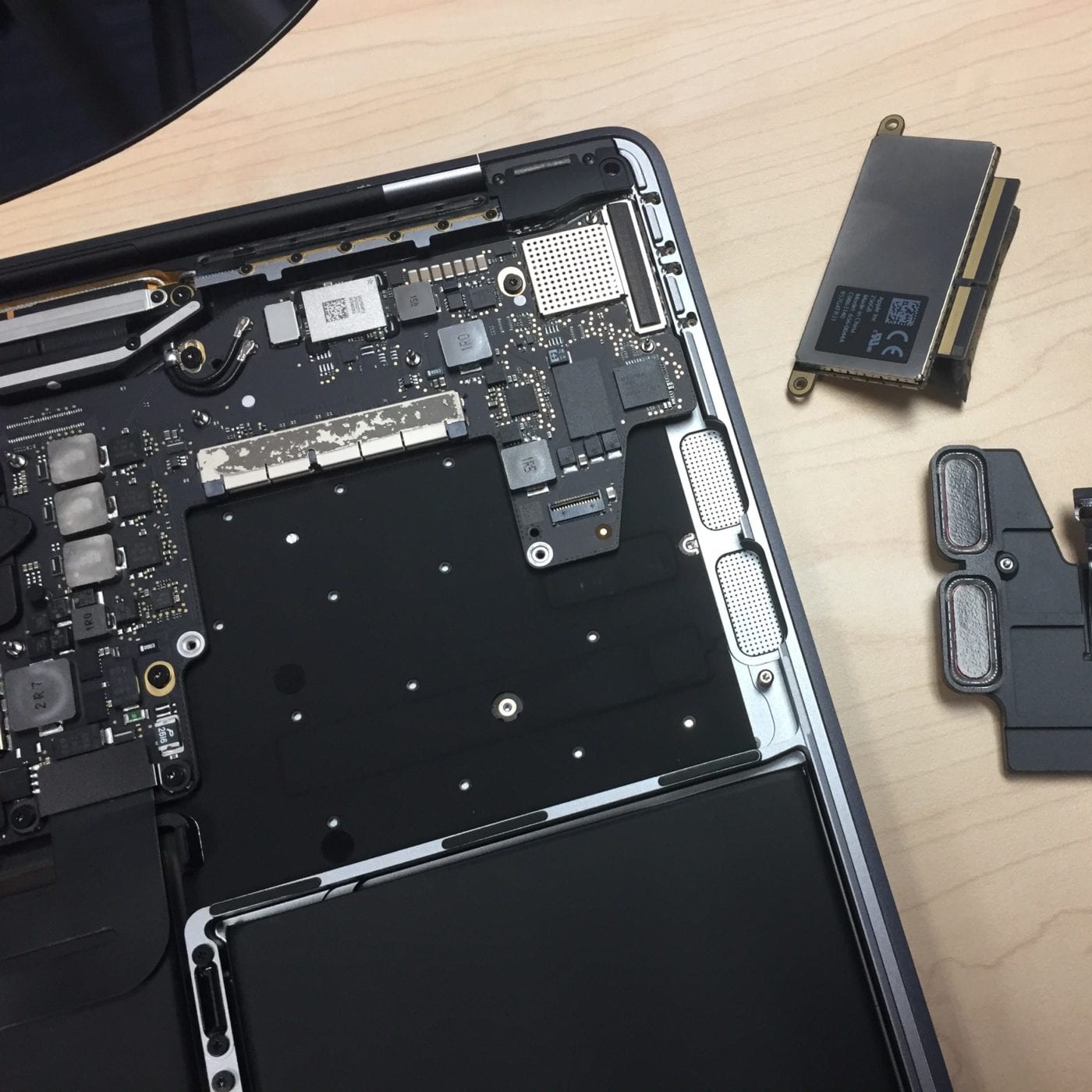
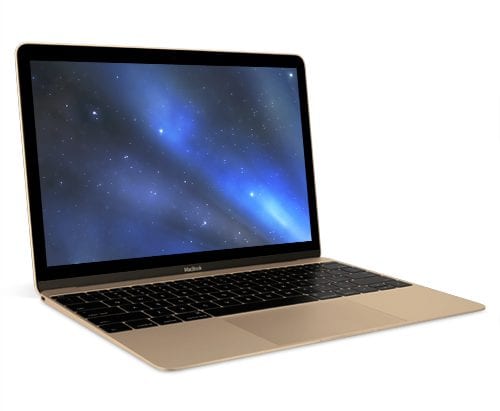
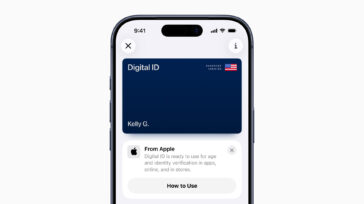
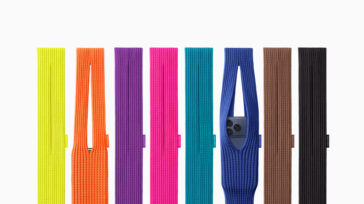
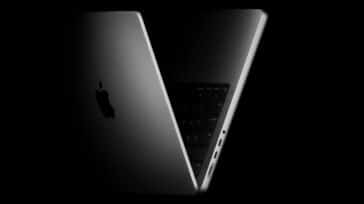
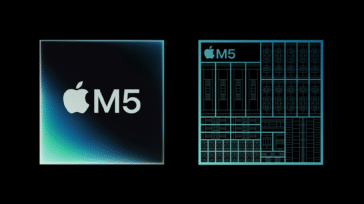


Not offering a desktop line would continue to make Macs less appealing to business than Windows. The same reason that makes laptops appealing in some contexts—their portability—makes them a disaster in others. Businesses want their major investment in computers to be hard to steal. A laptop can be stolen in seconds. Even without being bolted to a desk, a desktop is much harder to take.
Those criticizing the loss of MagSafe are right. I’m getting the impression that the decision-makers at Apple are out of touch with users. Claiming that the new MacBook Pro can’t have 32 GB of memory because it’d shorten battery life displays an ignorance of all those who almost always use their laptop plugged in and needed that added RAM. Removing the safety of MagSafe suggests a similar cluelessness about how Macs are typically used.
With Apple, it’s increasingly “our way or the highway.” That’s not the way to run a successful business.
I use my 2012 MBP everyday (Office365). I removed the optical drive to add a 2nd HD. USB3,WireFire800, Thunderbolt in the process of being removed. I cannot justify purchasing a new laptop, even the low-end. I’ll purchase a 2012 via various outlets, put it in my closet until I need it, and wait until Apple decides what they want to do. Windows 10 is terrible yet I don’t see Apple that much of an improvement at this point.
Thanks for the good overview, as well as your thoughts concerning the future of Apple desk top systems. If one wished to communicate their concern about the need for advanced desk top systems for photographers and other creative people, to whom at Apple would you recommend sending the email?
Bruce
So what OWC part do I need to connect my MB Pro USB-C Thunderbolt 3 to my OWC Mercury Elite Pro Dual USB 3.0 & Thunderbolt RAID?
There are so many negatives on this machine that it’s not even funny. The most glaring is the removal of the MagSafe charging connector! WTF were they thinking?!? That was their single best invention for laptops. Now we have to go back to the 2005 era of physical plugs that can break off if someone trips over the cord, which is not all that uncommon.
The lack of nothing greater than 16GB of ram is complete bullsheisse in 2016. I run VMWare and multiple VM’s and 16GB is nowhere near enough. I’d prefer 64GB of ram.
Yet again, Apple is removing functionality and hobbling their machines because some artsy fartsy type wanted it to “look good” and “be the thinnest laptop in the world”. Again, it’s bullsheisse!
I’d much rather have the old form factor and more battery capacity so the machine is not so damn brittle with regards to power, that another 16GB of ram isn’t going to sink the thing.
As many others have said, it’s beyond disturbing that Apple is abandoning the “Pro” part of their lineup. Pro used to mean something at Apple and now it’s becoming more watered down consumer-grade sheisse. The fact that the pods, pads, and phones are driving the OS development sucks too. Have a look at the now gutted QuickTime API on the Mac OS. All done because it was more “compatible” with the ios. Here’s a newsflash Apple: Not everyone lives in a “pods, pads, and phones” world and actually use their machines like professionals.
Give us REAL Pro machines or give us death!
Apple has totally lot its way. It is being led by Ives and Cook lacks the leadership to keep innovative design from overshadowing performance. They are transforming the professional’s tool into a consumer product. Instead of more processing, memory, faster storage and better rendering we are given a worthless additional UI, the superior power supply and all the onboard ports. Yes I understand you can buy dongles but to what point? Why make me purchase at a minimum $240 worth (Office, Home Office and Travel bag) of dongles just so you can say you made it smaller? Ego? Profit to prop up falling revenue? Or as likely a combination. Folks have been waiting patiently for a long time for a Macbook Pro refresh and instead of giving them what they so desperately need you give them what strokes your ego and pads the proffits. This is the worst mistake in Apple’s history including firing Jobs. Serving the egos of the lead designer and tolerating the lack of vision and leadership from the CEO is nearly unforgivable. If Apple continues to pander to their egos and shrink loyal fanboys base it maybe a slow decline but be a second dark age for Apple. No matter if as an investment or as a user the time has come for a vote of no confidence in the current leadership of Apple and to sound the “all hands abandon ship”.
Sure. You go.
Many of use our MacBook Pros closed with ext monitors, mice, and keyboards. So, of what use is the fancy Magic Touch Bar? Will Apple be making an eternal keyboard with that feature? Suspect not.
I hope they don’t drop the desktop market, I have my iMac because I want a big screen and great performance, I don’t care about portability because I don’t need it.
The consensus amongst my friends, peers, and professional acquaintances in the Software Engineering community is that we would much rather have had the thing thicker and/or heavier in order to get the memory up to 32 or 64 GB. I say this based on their excuse is that increasing RAM would’ve impacted battery life http://www.macrumors.com/2016/10/28/new-macbook-pros-no-32gb-ram-battery-life/.
Based on the specs/options they’re using i7-6820HQ for the basic and i7-6920HQ for the 2.9GHz processor and the spec sheets say they can support up to 32 GB of DDR4 memory.
It’s late 2016 and this 16GB cap takes the Pro out of the MacBook Pro. They went thin/light over utility on the one bit that can be supplemented across the Thunderbolt 3/USB-C bus. Maybe they should have called it the MacBook Pro Air or something similar.
err, “one bit that can be” => “one bit that can’t be”. Grr, darn autocorrect and inability to edit posts.
They could have simply spec’ed:
System RAM 16 GB or less -> X hours
System RAM 32 GB -> Y less than X hours
and more than likely those who need 32GB would
say , “Okay, fine. I’ll Deal with it.”
I’m with you. My 2013 rMBP is a perfect size and weight. If they had retained that but made it a lot more powerful, I’d have ordered one the first hour after the announcement. My next machine needs to be VR capable, and Apple missed.
Someone during the announcement that Apple now “iterates” instead of “innovates”. Ironically, I actually would have preferred a really solid iterative improvement to a great existing machine rather than innovation that is more gimmick than substance.
I’m no fan of Microsoft, but I happened across a video of their new Surface Studio with the Surface Dial input device. I was blown away — as an engineer, I looked at that and thought it looked like something out of a sci-fi movie — in a good way, as in, radically improving the human/machine interface. That should have been Apple, if they wanted to innovate.
I think the new Macbook Pro is a very solid design if taken as a Macbook, that is, a mainstream business computer. It’s not a power user system, though, by today’s standards.
The iMac is a great desktop computer and should be part of the apple computer line. Not everyone is a laptop user. I’m a desktop user and have no need for a laptop.
Only the 15″ MacBook Pro is quad-core.
Sign me up to buy a Mac Pro when they come to their senses and make it a honkin’ tower like my cheese grater.
Touchbar? Kind of a neat toy, but not compelling. Saves a little screen space for menus, but you have to look down at keyboard.
16 GB RAM? Exactly half what I really wanted, because I run a lot of VMs.
2 TB SSD? Just right, and fast, too.
4 USB-C ports? Superb! I can deal with adapters in the short term; good long-term decision.
AMD 460 top-end GPU with 4 GB VRAM? You’re joking, right?
Keyboard? Where is the ESCape key that developers like me use constantly? Reserving judgment on the tactile until I’ve tried one.
I’m really sad, because I love MacOS, but I’m doing development work in 3D, and the new MBP just won’t cut it. The slow GPU is the one failing that is probably going to force me to Windows.
I really wish Apple had segmented the market and offered a no-holds-barred mobile workstation, the modern equivalent of the old 17″ Macbook Pro. Even at a higher price, I would have opened my wallet for that.
I believe Apple no longer has a creative visionary force in the likes of “Jobs” and is losing the loyal creative group that were instrumental in getting them where they are today.
While the market share that depends on products like the Mac Pro Desktops that are versatile and can be upgraded (ram & components) are small I feel it is this group that set a bar with unlimited creativity. In turn, it gave folks something to work towards. I am still using my 2009 Mac Pro Tower and have been looking into PC’s as an alternative to move too. Feel like being thrown under a bus after years of sticking with every new Mac that came out.
I want a big screen iMac that isn’t so integrated I can’t do future upgrades. I’m just not interested in buying a portable that I have to plug into a big screen at home. If I want portability, I’ll use a phone or pad until I can get home and work on a real machine.
Well, I think Apple is missing the mark on this one.
The entry point MacBook Pro (13″) is $200 more than
the previous for a machine that is less powerful
(2GHz dual core vs.2.7GHZ). But wow, you get
256GBSSD instead of 128, which is likely only an
adder of $20-30 for the chips themselves.
Then add another $100-200 dollars for a dock
or a fistful of adapters so you can connect all your
stuff.
Then there is the base 15″. Well for $400 more
than the previous base model, you do get a faster
CPU (2.6 vs.2.2), dedicated GPU with 2GB. Oh,
then there’s the touch bar. So, this model may
be worth the extra…wait a minute, theres those
USB-C/Thunderboltports again. More money for
dock or adapter dongles.
Great information, Thanks!!
Apple’s accelerating disdain for pro users is upsetting and difficult to rationalise. Even as a now minor component of a giant enterprise it surely merits more respect for the people who have been most loyal to this company. No thanks, a low memory laptop festooned with wired up peripherals is not what I want or need as a pro machine. Neither is a black plant pot holder (similarly festooned) thank you. But st least you can stuff some ram in that ugly thing.
I have to echo the sentiments of Stephen Riede. Sure Thunderbolt has its advantages particularly when it comes to backing up to external HDs. However, it is STILL a USB/Firewire world and relying on adapters alienates new Mac customers and just agitates the rest of us. I think one glaring omission on your article is the significantly reduced battery capacity. Its less than the last Pro’s. A good percentage of us still use our laptops unchained and on the go. The 10 hour life or less nearly makes this a no go for me considering I use energy hungry apps out in the world sans outlet.
Still using my early 2008 Mac Pro, but it’s becoming obsolete and Apple has declared it “vintage.” Can’t understand why Apple can’t seem to accept that there’s a real market for a powerful desktop computer with cutting-edge features needed by people such as myself. Just don’t know where to turn w/o a Mac Pro upgrade.
I don’t think Apple designers live in the real world. As a photographer, I often use the SD slot and the USB-2 port with my MacBook Pro. Having to haul around adapters, which despite your comment that they are “inexpensive”, is both an extra inconvenience and expense. Even Apple’s portable DVD drive will now require an adapter. This is all fine for a desktop anchored laptop, but for one that is meant to be mobile, it is ridiculous.
Please! Find a RAM solution for us!. I run VMWare for Windows plus lots of Mac Apps. I am ALWAYS running out of RAM with 16 GB. To limit a PROFESSIONAL machine to 16 GB is INSANE! So, please find us a solution. Otherwise, we will not be upgrading our laptops until the 32 GB threshold is reached. That is a promise.
Agreed. I don’t know of too many professionals that would be comfortable with having only 16. For me, RAM is more important in most cases other than new functionality.
Is the MacBook Pro SSD user-replaceable?
If so, will OWC replacement SSDs be as fast?
With the beautiful new Space Gray MBP (which I intend to buy), I would LOVE to see some great OWC accessories like external hard drives and USB-C docks in Space Gray and / or Black as well.
Will OWC do their magic and come up with RAM that doubles the “supported” 16GB spec on the new MacBook Pro to 32GB (without sacrificing the 2166MHz clock)? I’m sure battery life would likely take a hit, but for some of us that are plugged in all the time, we’d rather have the memory.